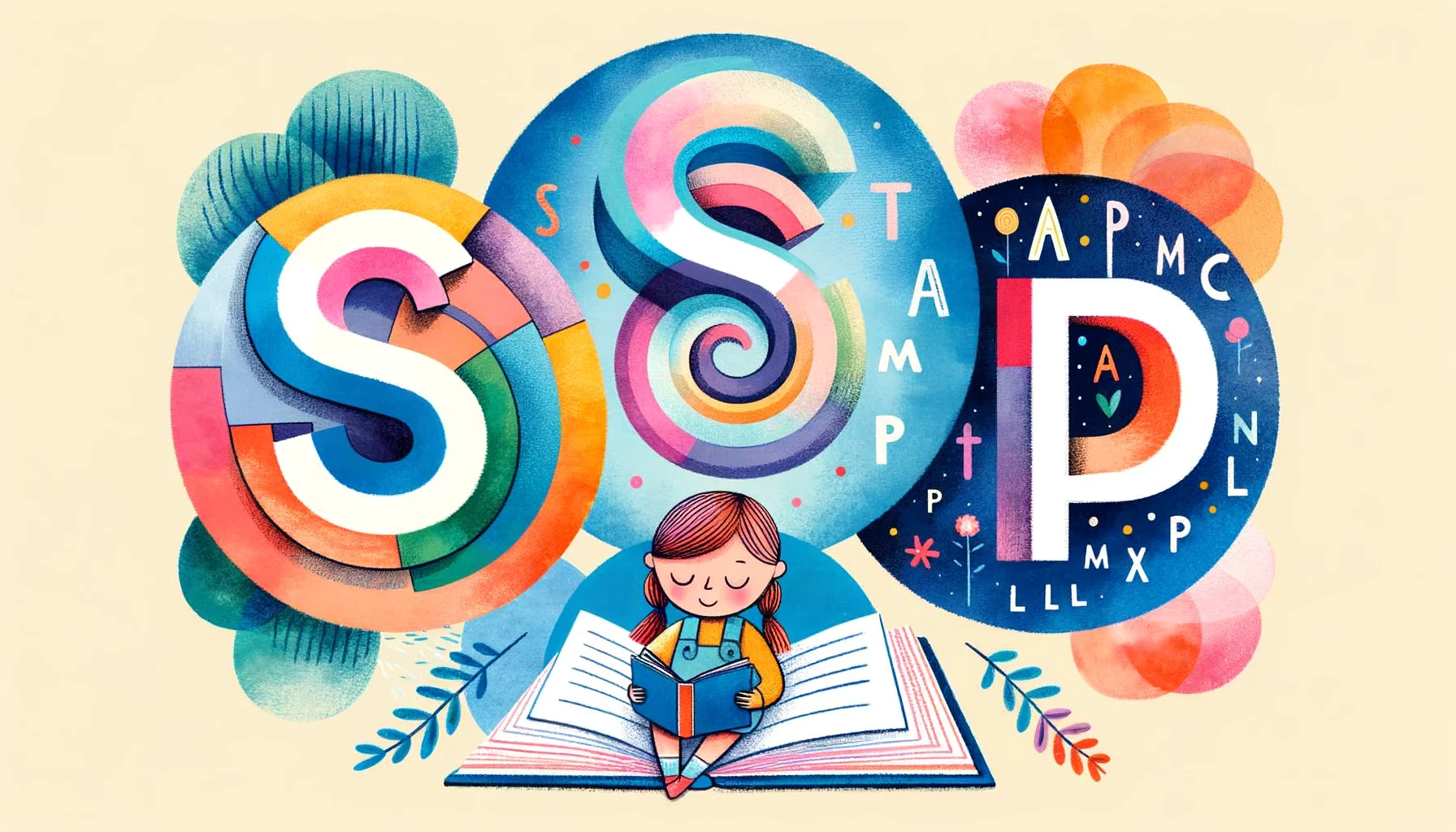In my quest for reliable and comprehensive research on various topics, I developed the $60 LLM Fusion method. This approach harnesses the collective intelligence of the three state-of-the-art language models.
For an example of how I used the LLM Fusion method, see teaching a 4-year-old girl to read with LLMs using the S-T-A-M-P method.
Here is how LLM Fusion works:
- Craft a well-structured prompt: Begin by creating a clear and concise prompt that captures the essence of your research topic. If needed, leverage an LLM to refine and optimize your prompt for maximum clarity and effectiveness.
- Send the prompt to the big three LLMs (each requires a $20/mo subscription)
- Consolidate the responses: Create a Google Doc and paste your original prompt at the top. Then, use the following structure to organize the information:
- I am conducting research on a topic using three different LLMs. Below, I have pasted my prompt and the responses from each LLM. Please synthesize the results into a concise and cohesive summary that incorporates the most valuable insights from each response.
Prompt: [Paste your prompt here]
LLM Responses: [Paste the three LLM responses below]
- I am conducting research on a topic using three different LLMs. Below, I have pasted my prompt and the responses from each LLM. Please synthesize the results into a concise and cohesive summary that incorporates the most valuable insights from each response.
- Synthesize the insights: Copy the entire contents of the Google Doc and feed it into Claude, an LLM known for its exceptional summarization capabilities. Claude will generate a comprehensive summary that distills the best ideas from each LLM response.
While I generally prefer Claude 3 Opus for its superior summarization skills, the optimal LLM for synthesis may vary depending on the topic at hand.
By employing LLM fusion, you can unlock a level of research efficiency and depth that would have previously been unheard of before LLMs. This $60-per-month investment in cutting-edge language models can yield results that rival the expertise of seasoned researchers.
Join the AI research revolution! Share your experiences and successes using LLM Fusion in the comments below.
Updates:
4/18/24: A commenter told me about a cool feature of Big AGI that automates some of this fusion for you using a feature called Beam. I have been messing with it for the last few days and it’s awesome! A more detailed writeup will come in a few weeks.







Leave a Reply